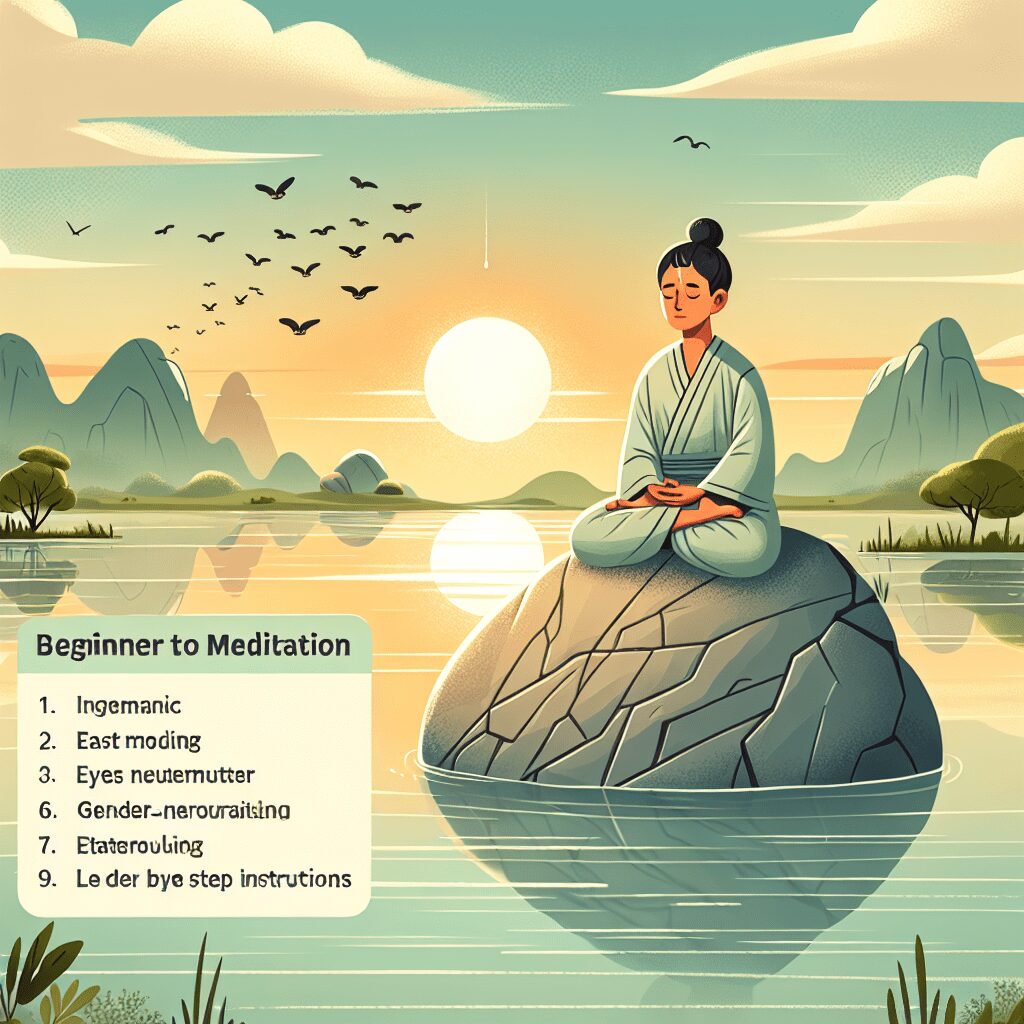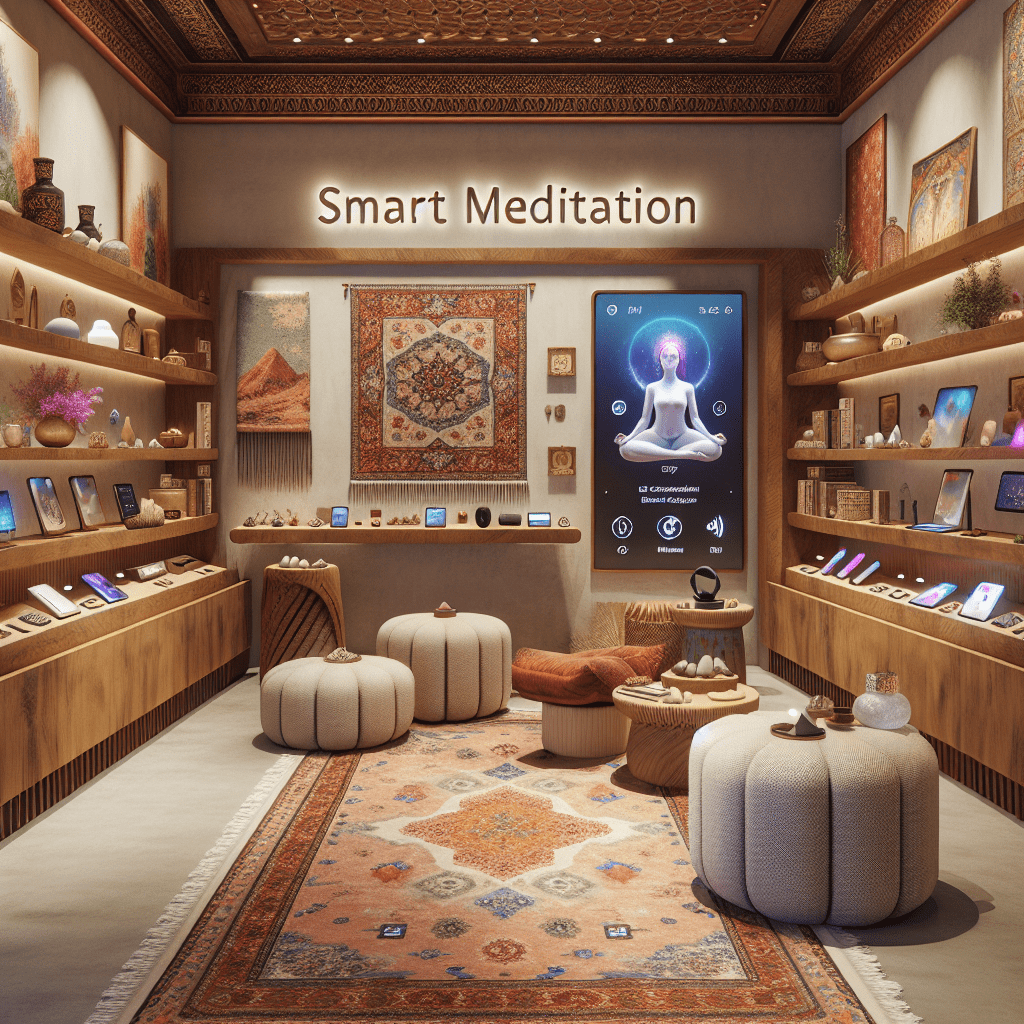
Prioritize your mental well-being daily. Enhance your life by nurturing your mental health with the Smart Meditation app. Break free from stress, alleviate anxiety, and enhance your sleep quality starting today.
When Was The Age Of Anxiety?
Unraveling the Twists and Turns of the Age of Anxiety
The phrase “the Age of Anxiety” might bring to mind a smorgasbord of different images, from late-night cram sessions and existential dread to the sprawling uncertainty that defines our modern era. However, the root of this expression, steeped in cultural and historical nuances, takes us back to the mid-20th century, a period marked by unprecedented upheavals and transformations.
The Origins and Implications of an Anxious Era
Coined by the poet W.H. Auden, the term “the Age of Anxiety” refers to a poem he published in 1947, aptly titled “The Age of Anxiety: A Baroque Eclogue.” Auden’s magnum opus captures the zeitgeist of the post-World War II era, a time when the global populace grappled with the profound disillusionment and existential crises that rose from the ashes of conflict. The poem, which earned Auden the Pulitzer Prize for Poetry in 1948, is more than just a literary artifact; it serves as a lens through which we can examine the social and psychological undercurrents of the time.
In the aftermath of WWII, humanity was caught in a maelanGe of emotions—relief mixed with sorrow, hope tinged with fear. The colossal loss of life, the advent of the nuclear age, and the dawn of the Cold War era encapsulated a world on the brink of an existential precipice. People were left pondering over the fragility of existence and the unpredictability of the future, sentiments that Auden masterfully encapsulates in his work.
But it’s not just the thematic richness of Auden’s poem that makes the term so evocative. The Age of Anxiety, as a concept, extends its tentacles far beyond the immediate post-war era, resonating with subsequent generations. The latter half of the 20th century, with its rapid technological advancements, political unrest, and ecological concerns, kept fueling the existential angst that Auden identified. Fast forward to the 21st century, and the moniker has found renewed relevance in the digital age—where information overload, social media pressure, and global uncertainties have ushered in a new wave of anxiety.
From Then to Now: A Continuum of Uncertainty
What makes the Age of Anxiety so pertinent across different epochs is its universality—the feeling of being adrift in an ever-changing world is as relevant today as it was in 1947. Let’s break it down:
- Post-WWII Period: The immediate backdrop of Auden’s poem. A world licking its wounds and facing the Cold War’s icy tendrils.
- Late 20th Century: An era of rapid change, from the space race to the digital revolution, all feeding into the societal anxiety pot.
- 21st Century: The age of the internet, global terrorism, climate change, and now, a global pandemic. Each factor a thread woven into the fabric of modern-day anxieties.
Reflecting on Our Collective Psyche
So, here we are, seemingly navigating through unchartered territories yet again. But here’s the kicker—while the Age of Anxiety signifies a period marked by unease and uncertainty, it also highlights humanity’s resilience and adaptability. History shows us that societies have an uncanny ability to rise from the ashes, to reform and redefine themselves in the face of adversity.
Understanding the origins and the enduring nature of the Age of Anxiety isn’t just an academic exercise. It’s a mirror reflecting our collective psyche, prompting us to confront our fears, to engage in meaningful dialogue, and to forge paths towards healing and hope. Whether we’re analyzing Auden’s work in a literature class or scrolling through our newsfeeds, feeling the weight of the world on our shoulders, the Age of Anxiety reminds us that we’re not alone in our struggles—and that, in itself, can be a source of immense comfort.
So, let’s take it one step at a time, shall we? After all, navigating the Age of Anxiety, much like life itself, is more of a marathon than a sprint.





